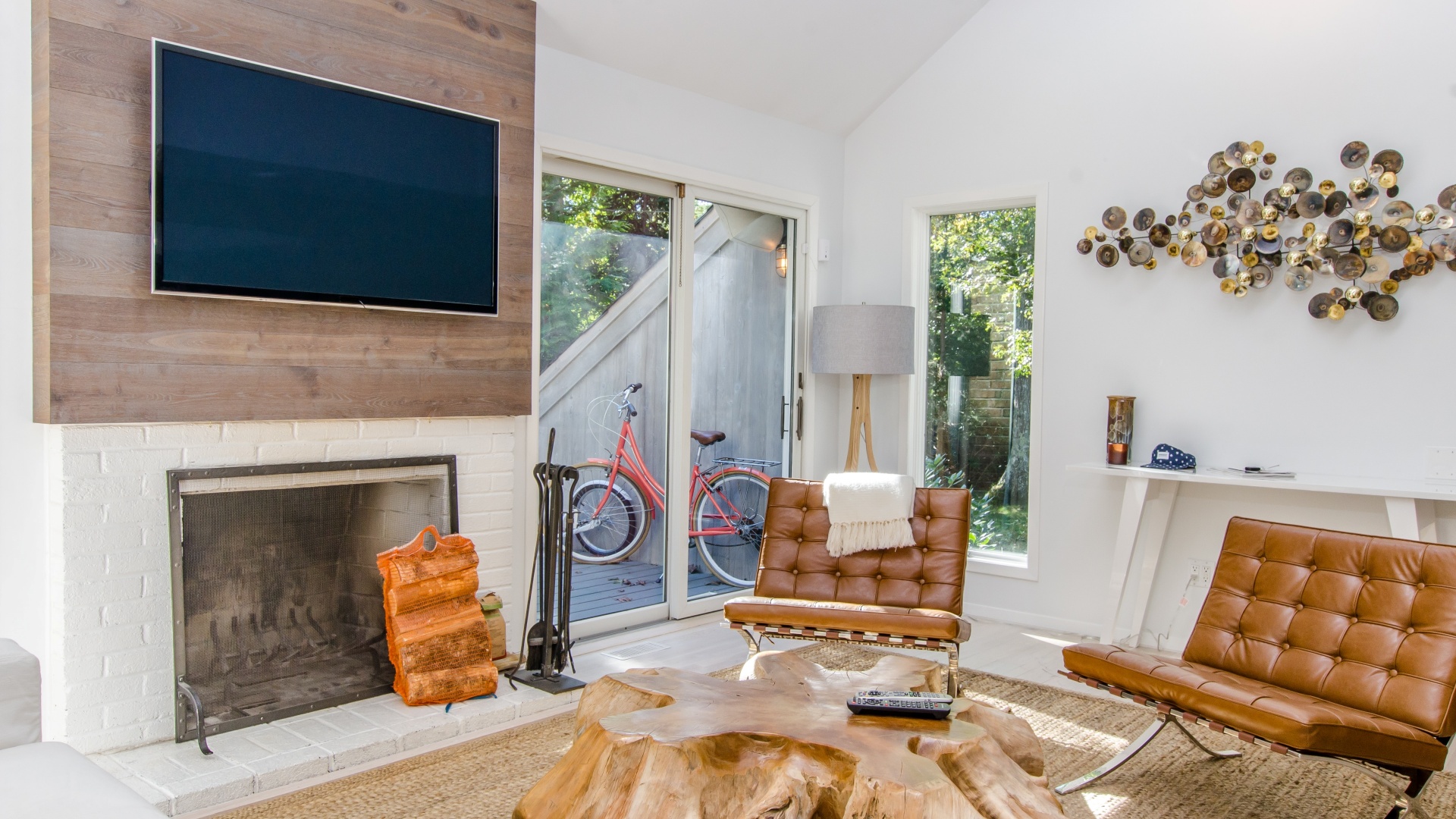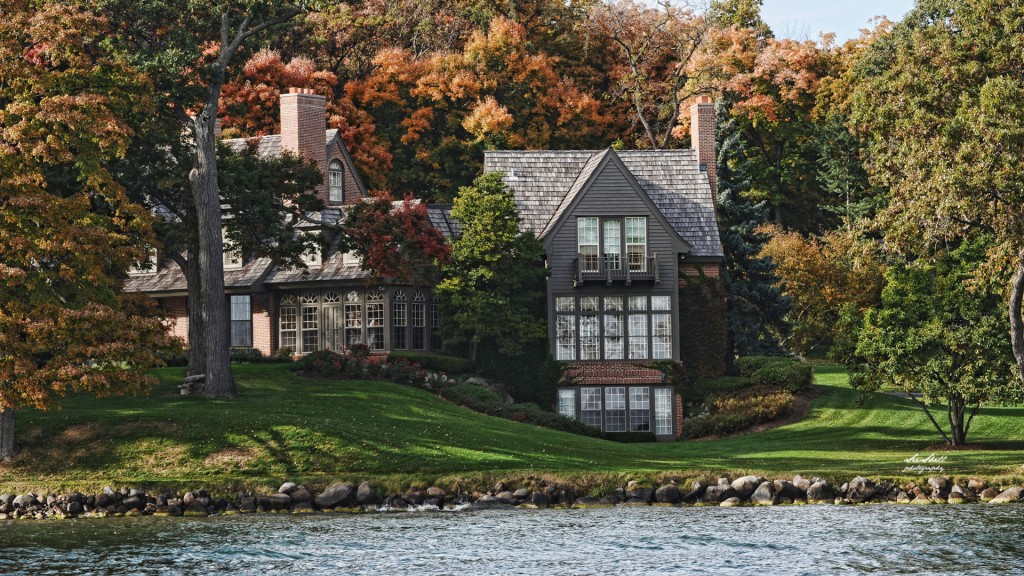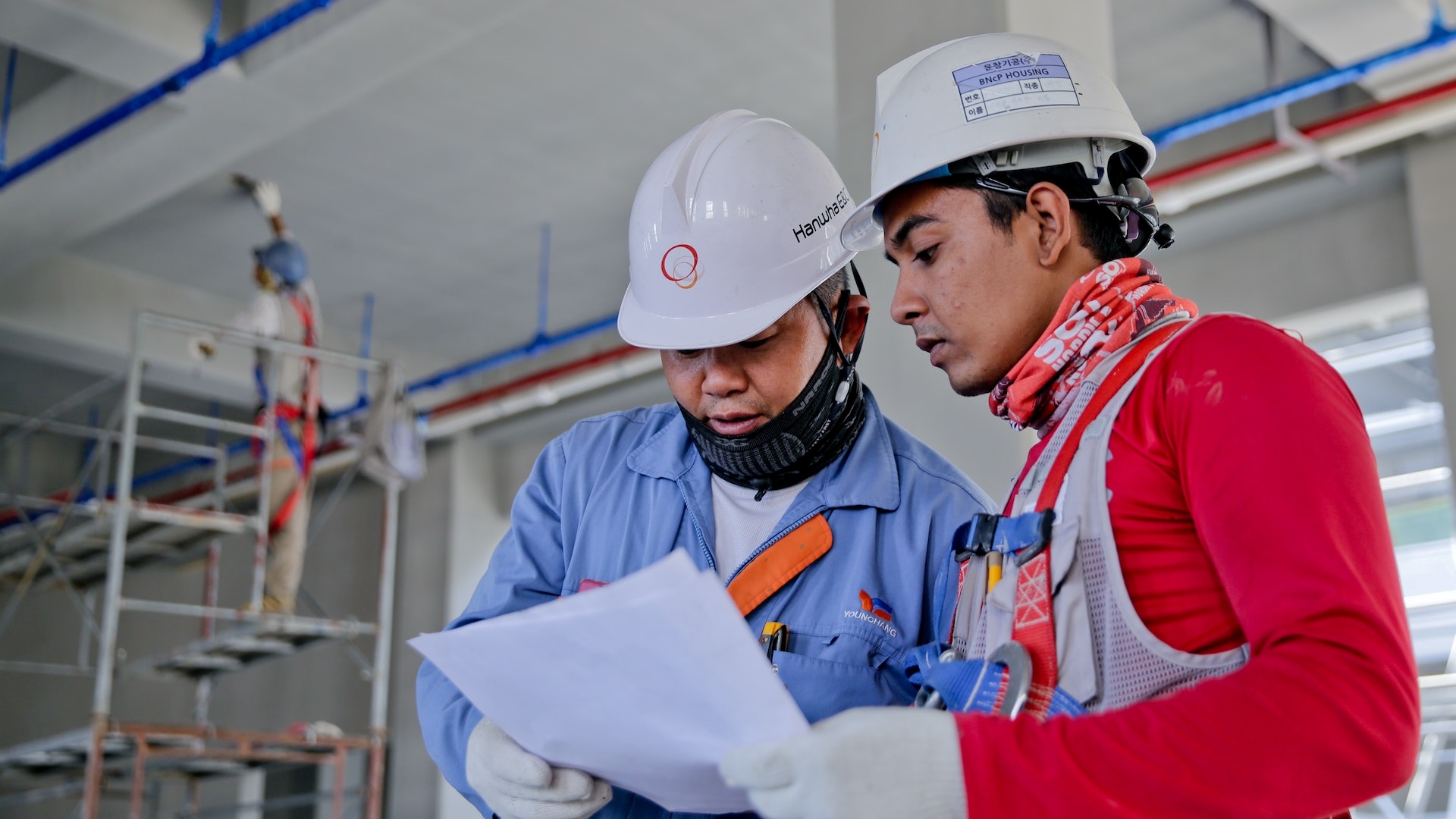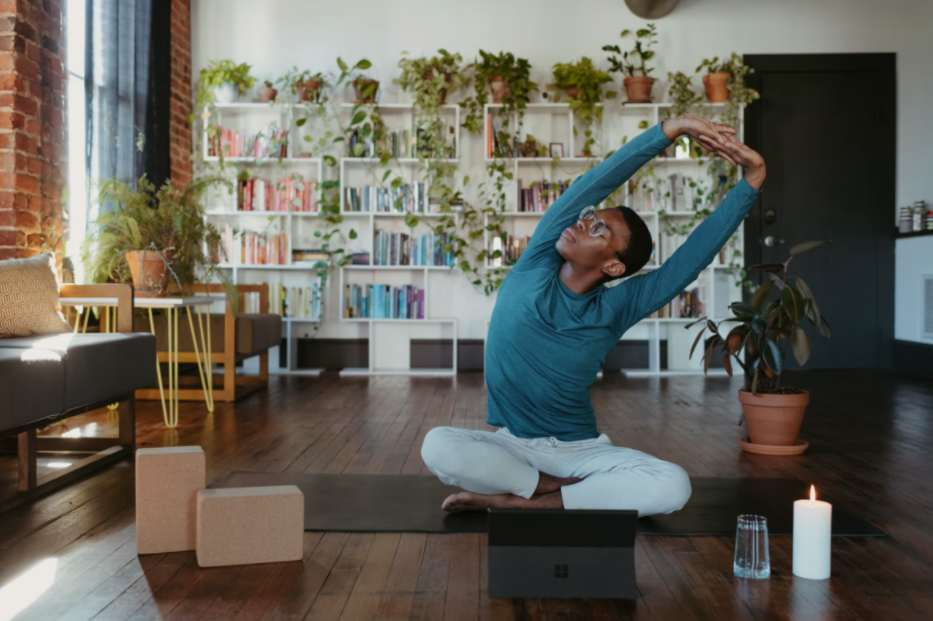Urbanization is on the rise, with more people living in cities than ever before. This trend has led to several environmental challenges, like air pollution, stormwater management, and urban heat islands. However, agricultural experts and city planners are seeking out innovative solutions to address these issues, and one of the trends emerging is the concept of green roofs. Green roofs not only improve the aesthetics of an urban landscape, but they also offer a unique opportunity to combine agriculture with urban living, and creating more sustainable and livable cities.
What are Green Roofs?
Green roofs, often referred to as vegetated or living roofs, are designed to cultivate plants and vegetation on the rooftops of buildings. Green roofs are growing in popularity in the U.S., and have been incorporated into residential, commercial and public buildings throughout the nation.
There are two primary types of green roofs: extensive and intensive.
Extensive green roofs are lightweight and typically support low-growing and hardy plants. These green roofs are easier to install and require minimal maintenance.
Intensive green roofs are more complex and require more structural support. These green roofs, in turn, can support a wider variety of plant species, including shrubs, small trees and even agricultural crops. Intensive green roofs often feature walkways and recreational spaces and can be more labor-intensive to maintain.
The Benefits of Green Roofs
Both types of green roofs can be beneficial in a variety of ways. Green roofs offer a unique opportunity to bring agriculture to the cityscape. In an urban environment where land is limited, green roofs can help enhance biodiversity, improve the aesthetic value and serenity of the area, and even help to supplement food production.
Green roofs have a wide variety of environmental benefits. Adding plants into a densely populated city helps improve the air quality caused by pollution. Cities also tend to be significantly warmer than their rural neighbors, a phenomenon known as the “urban heat island effect.” Whereas concrete and asphalt absorb heat, the plants on a green roof help to cool things down. This cooling effect reduces the energy required for heating and cooling buildings, thus leading to energy savings.
Green roofs also have been proven effective with stormwater management. Many cities have issues with stormwater runoff due to the number of paved surfaces. Excess stormwater can cause flooding and damage in a city, as well as draw pollutants into bodies of water. Green roofs help to reduce this stormwater runoff by absorbing excess water. Some figures say they can reduce the flow of stormwater from a roof by up to 65%.
Conclusion
In a world that is becoming increasingly more urban, agricultural experts are continually looking for ways to improve the issues that urbanization can cause. Green roofs are an innovative solution that help create more sustainable, livable cities. By assisting with environmental issues like stormwater management, air pollution, urban heat islands and energy usage, green roofs are not only offering a little bit of beauty and serenity to a city, but they are making a big difference in creating a healthier urban future.











